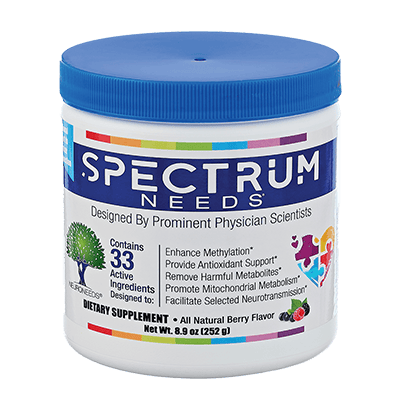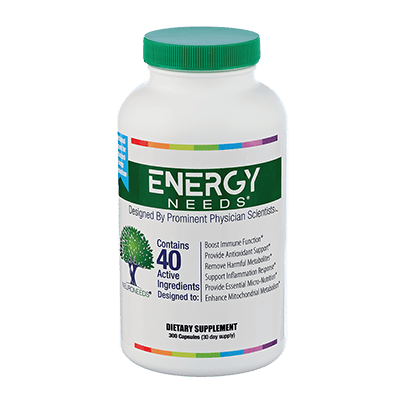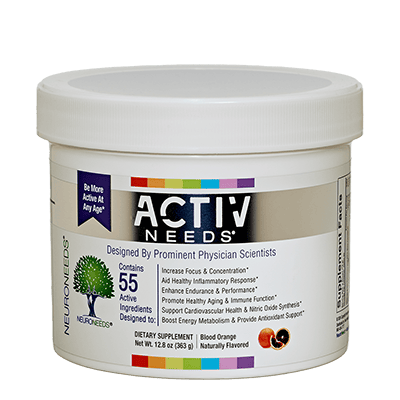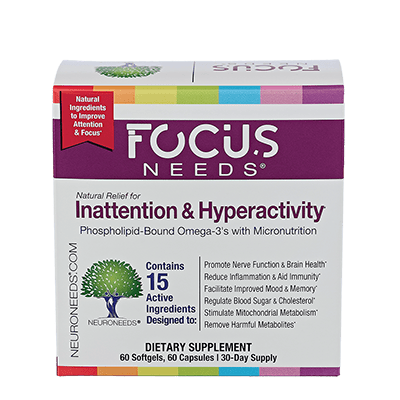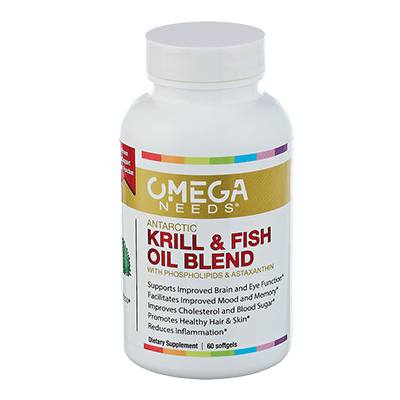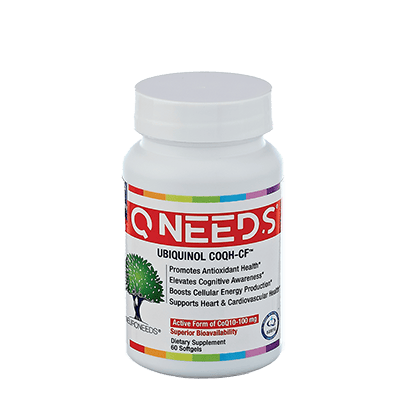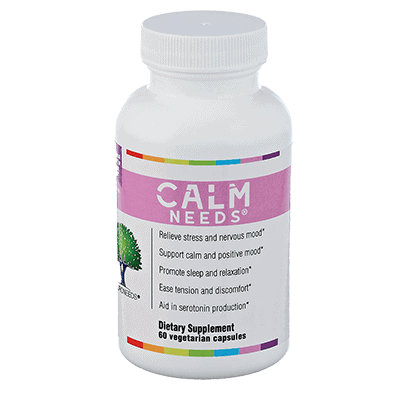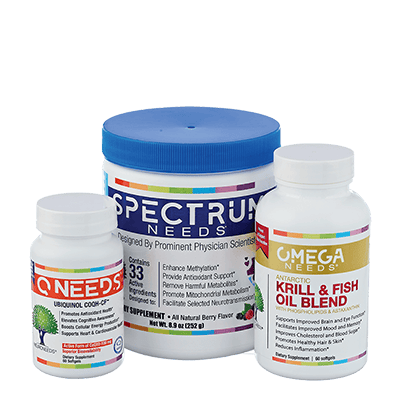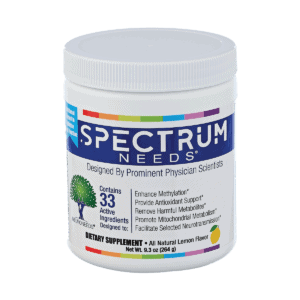$84
Pantothenic acid (also known as vitamin B5 or pantothenate)
Pantothenic acid, also known as vitamin B5, cannot be manufactured by humans and is obtained exclusively from the diet. Pantothenic acid is an enzyme cofactor by itself, as well as a necessary component for the formation of coenzyme A (CoA). CoA is a cofactor in a wide range of enzymes in energy metabolism and biosynthesis. Pantothenic acid is also a cofactor in complex I activity. Pantothenic acid deficiency is rare today outside of cases of extreme malnutrition or substantial GI disease. Symptoms can include fatigue, depression, irritability, insomnia, abdominal pain, vomiting, burning and tingling feet, muscle cramps, and frequent upper respiratory infections. Children with ASD often have diets that are relatively deficient in many nutrients, including pantothenic acid, which is often not corrected by supplements as few contain sufficient quantities of this vitamin. Pantothenic acid and CoA were decreased in ASD in one study. Side effects are rare at usual doses used in supplementation, other than nausea at the extreme dosing levels often recommended for acne.
Pantothenic acid in Spectrum Needs
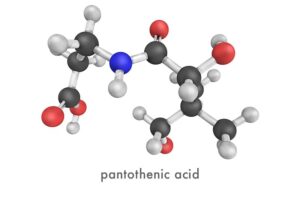 Pantothenic acid is added in order to provide a wide basis of nutrition, especially given the important role of pantothenic acid in energy metabolism. Furthermore, the dosing of pantothenic acid in Spectrum Needs is high (but not extreme) in an attempt to increase complex I activity and CoA levels, which in turn might help to facilitate a wide range of metabolic processes in the body. Side effects are unexpected.
Pantothenic acid is added in order to provide a wide basis of nutrition, especially given the important role of pantothenic acid in energy metabolism. Furthermore, the dosing of pantothenic acid in Spectrum Needs is high (but not extreme) in an attempt to increase complex I activity and CoA levels, which in turn might help to facilitate a wide range of metabolic processes in the body. Side effects are unexpected.
Pantothenic acid, also known as vitamin B5, is one of the eight B-complex vitamins. Pantothenic acid cannot be manufactured by humans and is thus a true vitamin, obtained exclusively from the diet.
Pantothenic acid is an enzyme cofactor, which means that it is a necessary component for enzyme function. Furthermore, coenzyme A (CoA) is synthesized from pantothenic acid. CoA is itself a cofactor in a wide range of enzymes in energy metabolism, including in carbohydrate, protein, and lipid metabolism, as well as in the Krebs cycle. CoA is also an important cofactor for enzymes in the biosynthesis fatty acids, cholesterol, and acetylcholine, among multiple other compounds. Pantothenic acid is also a cofactor of the acyl-carrier protein associated with complex I of the electron transport chain.
Pantothenic acid deficiency is rare today outside of cases of extreme malnutrition or substantial GI malabsorption such as chronic diarrhea. Symptoms can include acne, fatigue, depression, irritability, insomnia, abdominal pain, vomiting, burning and tingling feet, muscle cramps, and frequent upper respiratory infections.
The role of pantothenic acid in the treatment of autism is not well studied. Children with ASD often have diets that are relatively deficient in many nutrients, including pantothenic acid. At least one dietary supplement is taken by about half of children with ASD (56% in one study), however, “the most common micronutrient deficits were not corrected”, which included pantothenic acid (https://www.ncbi.nlm.nih.gov/pubmed/26052041), as few multivitamins contain sufficient quantities of this vitamin. Pantothenic acid and CoA were decreased in ASD in one study (https://www.ncbi.nlm.nih.gov/pmc/articles/PMC5121959/pdf/13229_2016_Article_109.pdf).
Pantothenic acid is sometimes recommended for a variety of uses, including acne, adrenal insufficiency, aging, alcoholism, allergies, anxiety, athletic performance, asthma, attention deficit-hyperactivity disorder, autism, burning feet syndrome, carpal tunnel syndrome, celiac disease, chronic fatigue syndrome, colitis, conjunctivitis, convulsions, cystitis, dandruff, depression, diabetic nerve pain, dizziness, growth deficiency, immune dysfunction, infections (frequent), insomnia, hair loss or greying, headache, heart failure, hyperactivity, low blood sugar, irritability, low blood pressure, multiple sclerosis, muscular dystrophy, muscular cramps, nerve pain, obesity, osteoarthritis, Parkinson disease, premenstrual syndrome, prostate enlargement, respiratory disorders, rheumatoid arthritis, salicylate toxicity, shingles, skin disorders, tongue infections, wound healing, and yeast infections.
Pantothenic acid is a water-soluble vitamin and thus considered to be generally non-toxic. Doses as high as 10 grams are frequently given for acne, whereas nausea can occur, but is generally otherwise well tolerated.
Laboratory testing can reveal the presence of a deficiency of this nutrient, but is generally not likely to have clinically utility.
How and Why is Pantothenic Acid Used in Spectrum Needs
Order SpectrumNeeds Today
Formulations

